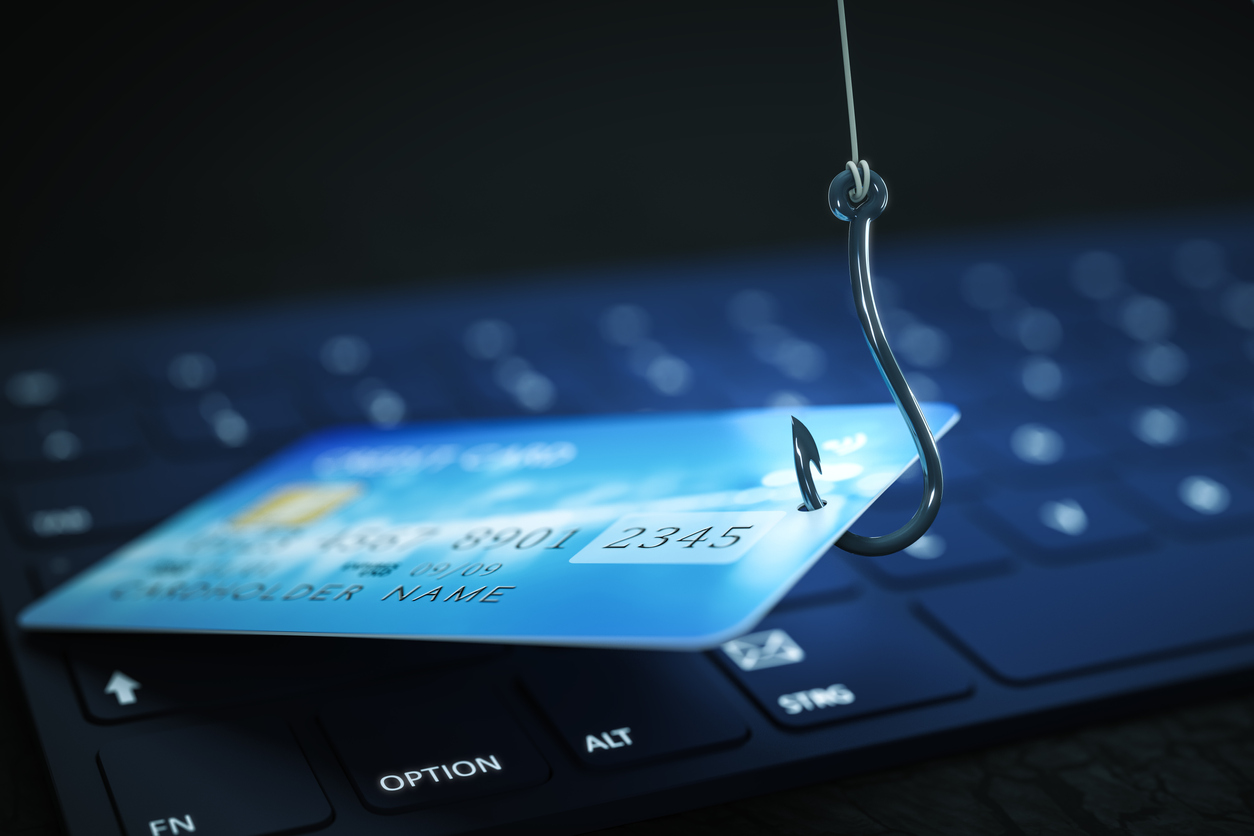We all know how important it is to protect our personal information online. But when it comes to our finances, it’s even more critical to take steps to safeguard our data.
From cybercrime and identity theft to phishing scams and fraud, there are a lot of ways our financial information can be compromised online. That’s why it’s important to take extra care when it comes to our financial data. Here are 10 ways you can protect your financial information online.
Use a VPN
A VPN, or virtual private network, is a tool that can help protect your online privacy. A VPN encrypts the data you’re sending and receiving, making it more difficult for people on the same network to intercept your information. A VPN should be a must anytime you are doing online banking or transferring sensitive financial information online.
Keep your operating system and software up to date
One of the best ways to protect your computer and your financial data is to keep your operating system and software up to date. Software updates often include security patches that can help protect your computer from new threats. To make sure your operating system and software are always up to date, you can enable automatic updates.
Use strong passwords
Another way to help protect your financial data is to use strong passwords. A strong password is at least eight characters long and includes a mix of upper- and lower-case letters, numbers, and symbols. Avoid using easily guessed words like your name or birthday. You should also avoid using the same password for multiple accounts.
Don’t click on links or attachments in email or other text messages
One way scammers try to trick people into revealing financial information is by sending fake email messages that look like they’re from a legitimate company. These messages often include links or attachments that, if clicked, can install malware on your computer or redirect you to a fake website that looks real but is actually designed to steal your information.
To protect yourself, don’t click on any links or attachments in email messages or Linkedin unless you’re sure they’re from a trusted source. If you’re not sure, you can hover over the link to see where it will take you before you click on it.
Use secure websites
When you’re shopping or banking online, make sure you’re using a secure website. A secure website uses encryption to protect your information as it’s being transmitted. You can tell if a website is secure if the URL starts with “https” and there is a padlock icon next to the URL.
Don’t enter personal or financial information on public Wi-Fi
Public Wi-Fi networks, like those you find in coffee shops or airports, are often not secure. This means that people on the same network can intercept the data you’re sending and receiving. To help protect your information, avoid entering personal or financial information when you’re using public Wi-Fi. This makes purchasing things from eCommerce sites and online retailers potentially quite risky on these networks as well.
Use security software
One of the best ways to help protect your computer is to install security software and keep it up to date. Security software can help protect your computer from malware and other threats. Look for security software that includes features like firewalls, anti-virus protection, and intrusion detection.
Monitor your credit report
Your credit report includes information about your credit history, including any late payments or defaults. It’s important to monitor your credit report for signs of identity theft, such as new accounts that you didn’t open. This is because your bank’s security is often much less robust than you would expect. You can get a free copy of your credit report from each of the three major credit reporting agencies – Experian, Equifax, and TransUnion – once every 12 months.
Shred financial documents
Before you throw away any financial documents, make sure you shred them first. This includes items like bank statements, credit card bills, and tax returns. Identity thieves can go through your trash to find these documents and use the information to open new accounts or spend money in your name.
Be aware of scams
Stay up to date on the latest scams so you can avoid them. There are many different types of scams, so it’s important to be aware of the signs. Some common scams include fake emails or websites that look like they’re from a legitimate company, calls from someone pretending to be from a government agency, and text messages that claim you’ve won a prize. If you think you’ve been a victim of a scam, contact your bank or credit card company right away. You should also report the scam to the Federal Trade Commission and the Better Business Bureau.
Conclusion
By following these 10 tips, you can help protect your financial information online. By being vigilant and taking steps to secure your data, you can help reduce the risk of identity theft and other online threats.










